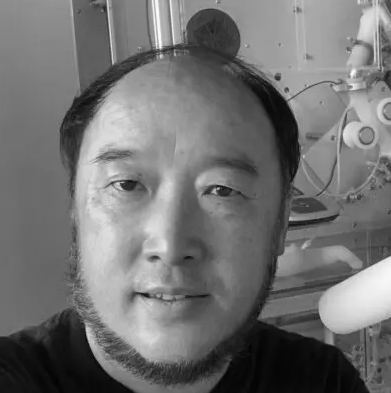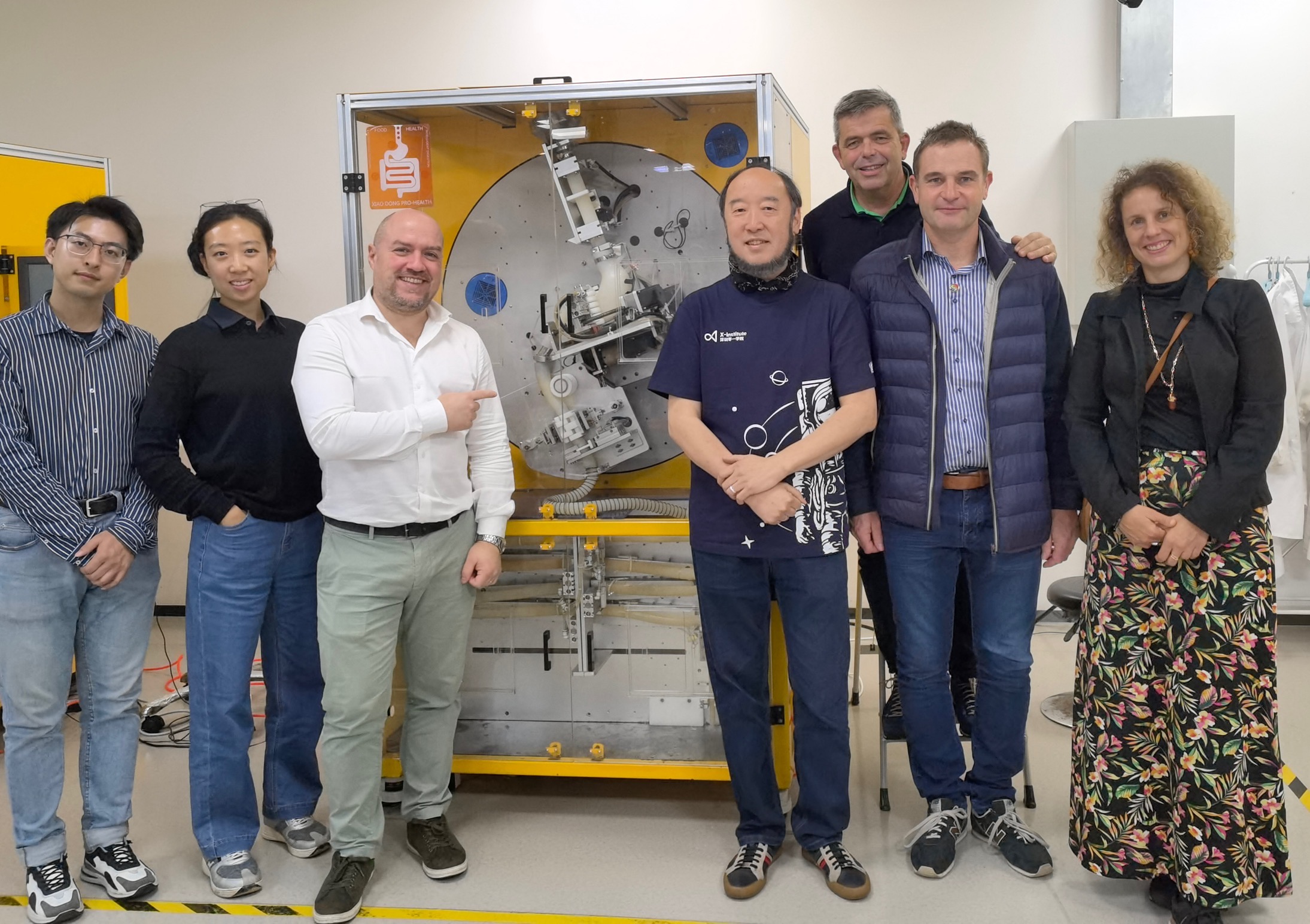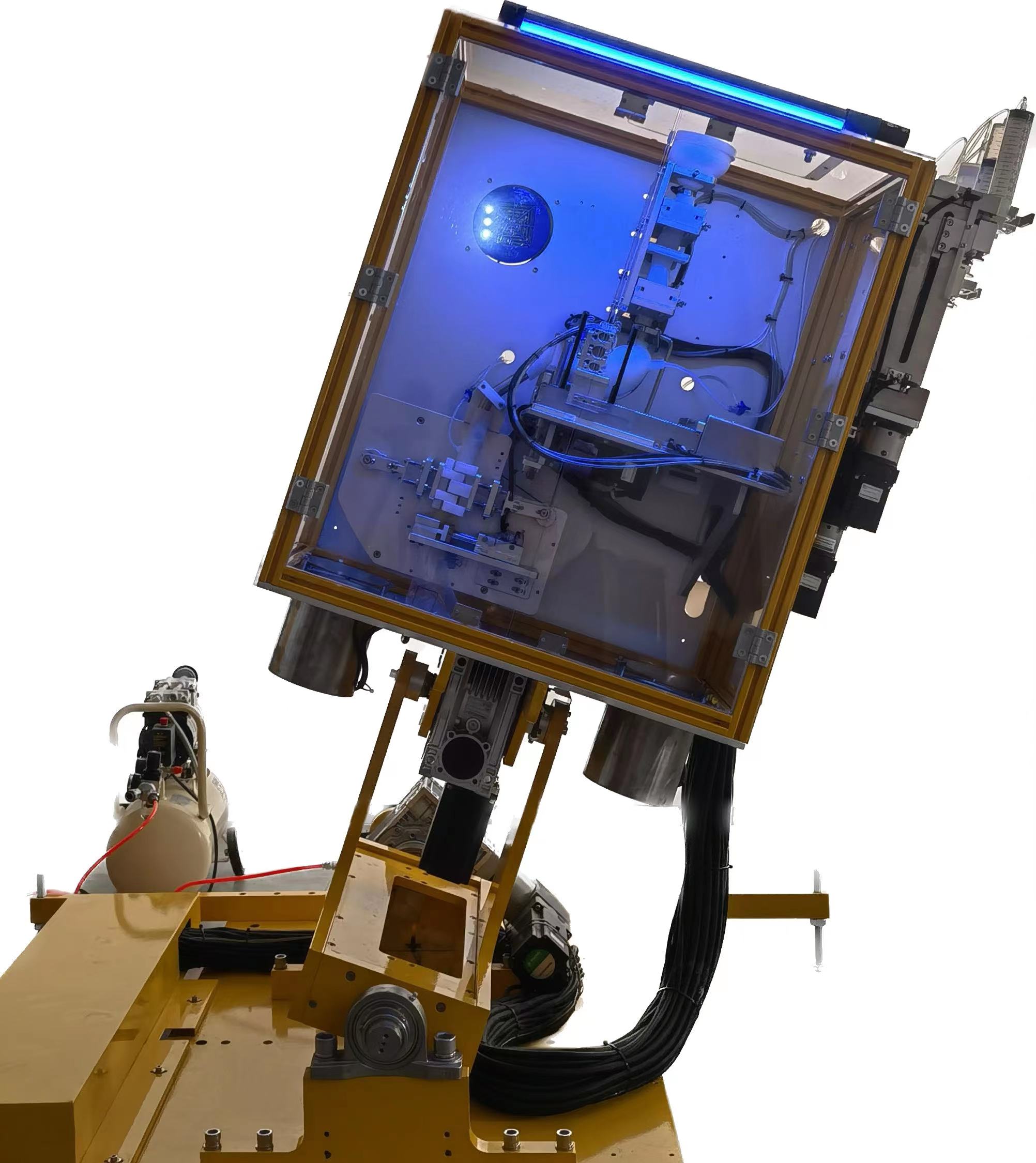In 2009, our persistence paid off when we constructed and studied a bionic in vitro model of a rat stomach. The results were finally accepted and published in Food Digestion in 2010, making a significant breakthrough. The wealth of prior research on rat digestion provided a solid foundation for comparison, and the value of our work was recognised.
I moved to Xiamen University in China in 2010, where I continued to pursue my vision. We developed new mechanised human stomach and rat stomach models, complete with relevant bionic wrinkles inside the stomachs. These anatomical details were crucial for understanding protein digestion rates, further emphasising the near-real nature of our models.
Under my guidance, Dr Peng Wu (now Associate Professor of Chemical Engineering at Soochow University) and others made remarkable progress in the ensuing years, leading to the commercialisation of our devices. This laid the foundation for the rapid growth of Xiao Dong Pro-health Instrumentation Ltd in Suzhou, the company I founded in 2018.
Today, our company offers a wide range of models, from adult human to infant, alongside a range of animal digestive models. We’ve expanded our offerings to include an excellent human oral processor and colon reactor, both of which are now available to the market.
These combined bionic organs, from mouth to colon, powered by intelligent control and mechanical-electrical robotics, along with secretions delivered to mimic in vivo scenarios, have given birth to a complete bionic GI tract model. This model has revolutionised the testing of food products, orally delivered drugs, encapsulated probiotics, and special foods for patients. We’ve even tested innovative weight control devices within the bionic GI tract.










